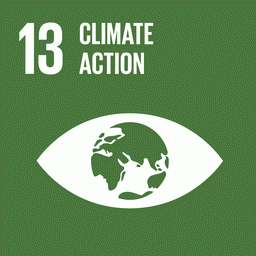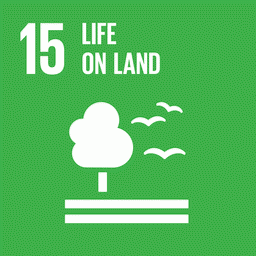Research published this week in a scientific journal shows the growing role of land grabbing in the worsening of deforestation and forest degradation rates, which leads to the emission of greenhouse gases.
The invasion and deforestation of unallocated public forests in the Amazon dumped 1.871 billion tons of CO2 into the atmosphere between 2003 and 2019, thus exacerbating the greenhouse effect and global climate change and increasing Brazil’s carbon footprint.
The problem has intensified in the last two years of the study period, as shown in a scientific article published this week in Frontiers magazine. Undesignated public forests are areas that belong to the country and the states and that should have been set aside for conservation or sustainable use, according to the 2006 law. As they were not, they are a constant target of land grabbing.
The team of researchers from the Amazon Environmental Research Institute (IPAM) and the Woodwell Climate Research Center (United States) found that emissions associated with disturbances in the forest amounted to almost 11 billion tons of CO2 in the years studied, 44% from degradation and 56% from deforestation.
Only this last type of land-use change, clear-cut deforestation leaving exposed soil, is accounted for in official greenhouse gas emission estimates, given the methodological doubts about what is the result of forest degradation. However, recent research already provides assurance about how this process works. Even when excluding degradation, deforestation accounts for 44% of Brazil’s total contribution to climate deterioration, according to data from the System of Greenhouse Gas Emissions Estimates (SEEG).
“The climate threat does not only come from deforestation in the Amazon. It also stems from the degradation of its remaining forests,” explained senior IPAM researcher Paulo Moutinho, one of the authors of the article. “Stopping deforestation immediately and restoring large areas of forests is the only way for this climate threat not to materialize.”
The “owners” of the emissions
Another issue raised by scientists is the positive influence of forests designated for protection in conservation units and indigenous lands. Together, the two land tenure categories accounted for 18% of all emissions, even though they covered 46% of the area studied.
On the other hand, undesignated public forests had almost the same share (17%) but covered only 15% of the area, and that considers that part of the deforestation occurring in indigenous territories resulted from invasions, as shown by another IPAM study released in March.
“Undesignated public lands seem to be stigmatized as no man’s land, and that has to change. These areas must be designated for forest use and thus leave the illegal land market, which has only generated emissions from deforestation and fire,” said Ane Alencar, IPAM’s Head of Science and co-author of the article.
Rural properties and other categories account for the bulk of emissions, 66%, between 2003 and 2019. “The land tenure played a decisive role in explaining these carbon losses,” wrote the scientists. “Illegal deforestation and land grabbing in widespread and growing undesignated public forests are significant drivers of forest carbon emissions in the region.”

